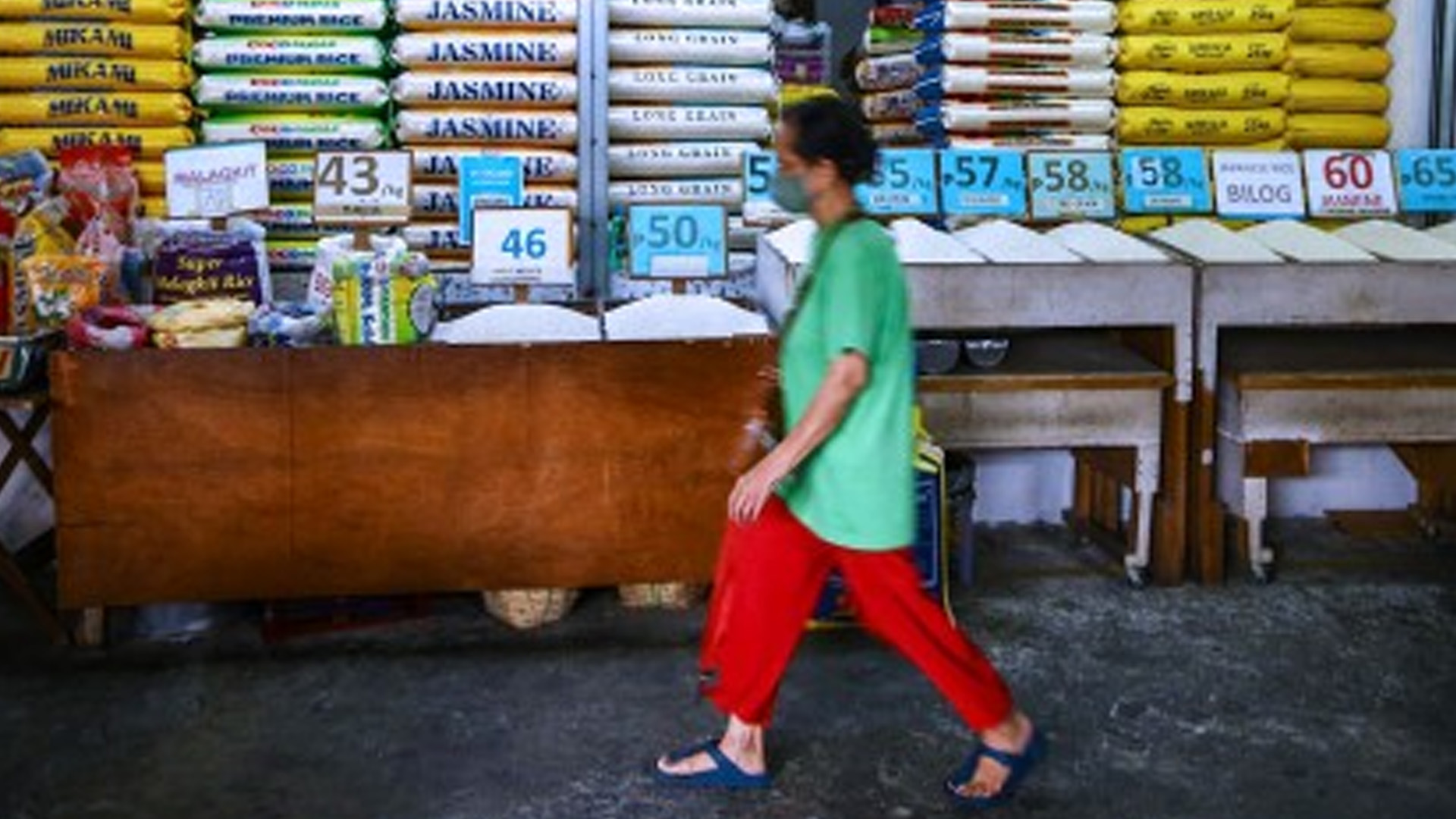The Department of Agriculture (DA) is hoping the PHP20 per kilogram rice sale of the “high quality” soon-to-age and aging stocks of the National Food Authority (NFA) will further tame rice inflation in the country.
This came after the rice index in April contributed to a slower food inflation, which eased to 0.7 percent from 2.3 percent and 6.3 percent in March and April 2024, respectively, according to the Philippine Statistics Authority (PSA).
The PSA reported a sharper year-on-year decline of the rice index at 10.9 percent from a 7.7 percent annual drop in March.
In a Zoom interview on Thursday, Agriculture deputy spokesperson Assistant Secretary Joycel Panlilio said the cheaper rice sale may help influence retail market prices.
The PHP20 per kg. rice program, dubbed “Benteng Bigas Meron (BBM) Na” rice, was launched in Kadiwa ng Pangulo (KNP) Center in Cebu on May 1, to be followed by the rollout in 19 KNP sites in Metro Manila starting May 13.
“We’re hoping na dahil may mababang presyo sa merkado na tatangkalikin ng ating vulnerable sector ay inaasahan natin na sana ay magkaroon tayo ng pagbabago ng presyo sa PHP45 na prevailing price natin (that because of the cheaper price in the market for our vulnerable sector, we are expecting that we will have further changes in our PHP45 prevailing price),” she said.
As of Wednesday, the prevailing prices of imported premium and well-milled rice in Metro Manila are set at PHP45 per kg, while PHP40 for imported regular-milled rice, according to the DA Bantay Presyo (price watch).
The price range of premium imported rice, meanwhile, is pegged at PHP43 to PHP55 per kilo; imported well-milled rice from PHP38/kg to PHP48/kg; and imported regular milled rice from PHP35/kg to PHP45/kg.
Prices of premium local rice range from PHP44/kg to PHP60/kg; local well-milled PHP40/kg to PHP50/kg; and local regular-milled rice PHP34/kg to PHP43/kg; with prevailing prices set at PHP50/kg, PHP45/kg, and PHP40/kg, respectively.
“Nakita naman po natin iyong downward trend ng ating rice inflation dahil din ito sa ginagawang hakbang ng DA kaya po nagkaroon din po ng magandang resulta iyong ating economy at bumaba iyong ating (We already saw the downward trend of our rice inflation because of the DA’s efforts, that’s why it bore good results in the economy and in) inflation, Panlilio said.
Among the government’s efforts to tame spiking rice prices are the implementation of a maximum suggested retail price for 5 percent broken imported rice; the declaration of food security emergency for rice, which enabled the NFA to release its stocks to local government units (LGUs) at PHP33 per kg. price level; the continuous operations of Rice for All and P29 programs; and the lowered tariffs on imported rice.
NFA powers
Tiu Laurel, meanwhile, stressed anew the need to regain some of the powers of the NFA to ensure market intervention and support local farmers through continuous palay (unhusked rice) procurement.
“We need to restore some of NFA’s powers to help it manage the country’s rice situation more effectively,” he said.
Before the Rice Tariffication Law (RTL), the NFA had the authority to sell rice “directly” to retail markets, as well as import rice for supply augmentation, market intervention, and national buffer stocking.
The enacted law, however, slashed these functions and limited the NFA’s role to only secure national rice buffer stock for times of calamities since 2019.
Its latest amendment, likewise, only allows disposal of “aging” rice stocks through declaration of food security emergency or via auction.
“The House version of the revised RTL (Rice Tariffication Law) offered that chance—but unfortunately, the Senate Committee on Agriculture rejected it,” Tiu Laurel said.
To date, the NFA has more than 7.7 million 50-kg bags of milled rice, which is good for 10 days of national buffer stock. (PNA)









